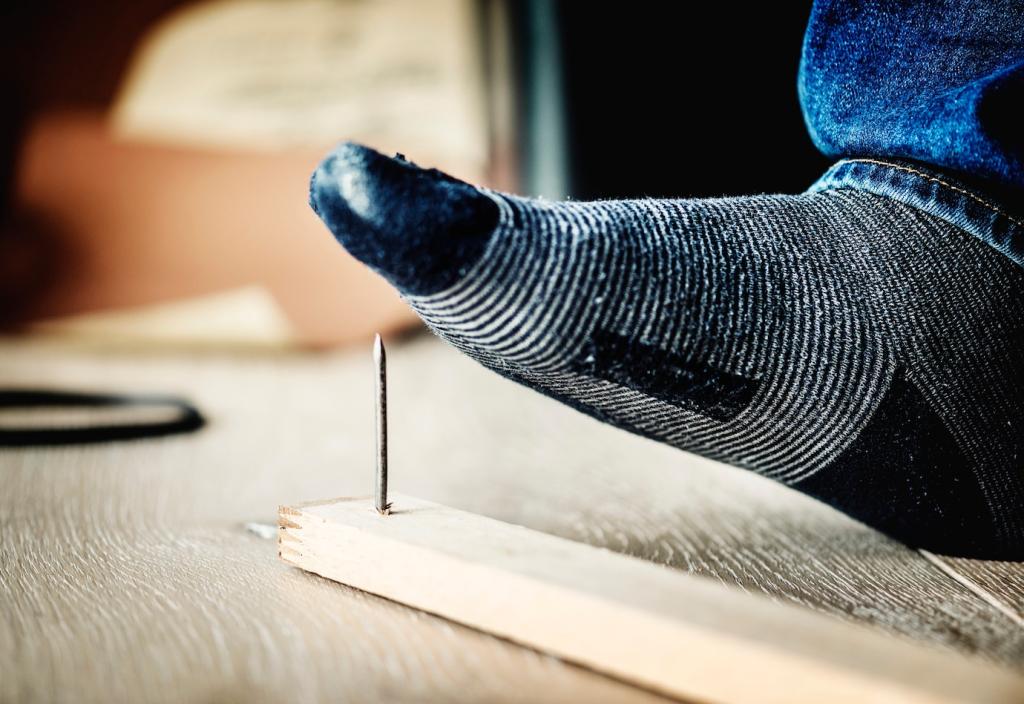The Importance of Regular Furniture Polishing
Chosen theme: The Importance of Regular Furniture Polishing. Give every table, chair, and cabinet a longer, lovelier life with simple, consistent care that protects finishes, deepens color, and keeps your home feeling thoughtfully loved. Join our community—share your routines, ask questions, and subscribe for fresh, practical inspiration.
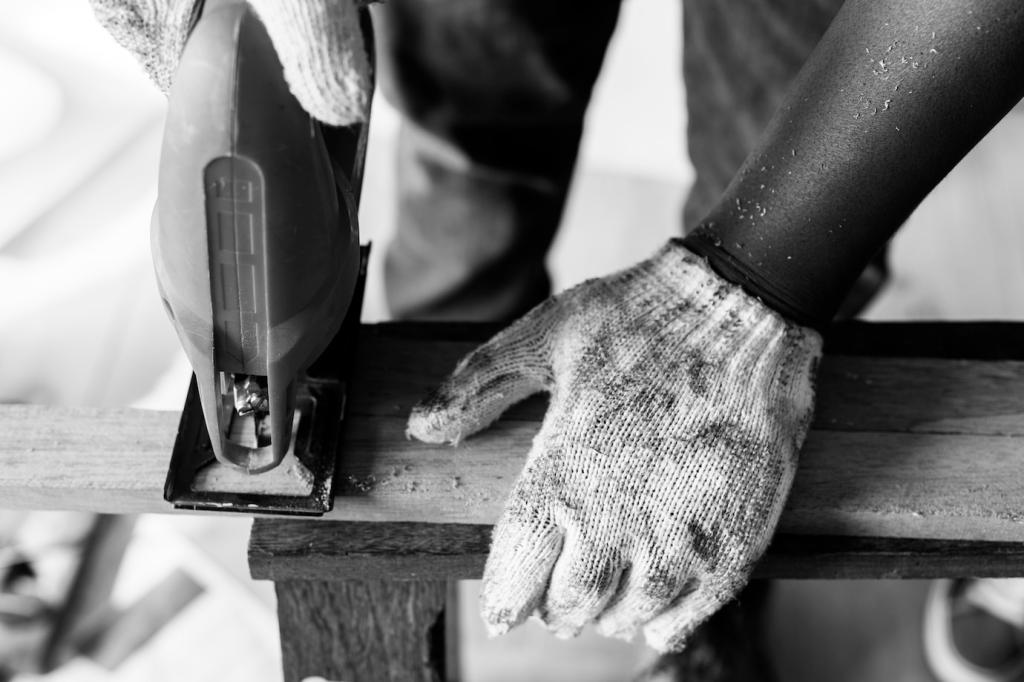
Why Polishing Protects Your Furniture
At a microscopic level, polish fills tiny valleys in the finish, reducing friction and trapping less dust. This thin, replaceable layer takes the scuffs so your table doesn’t. Make it routine, and your surfaces stay smoother for far longer.
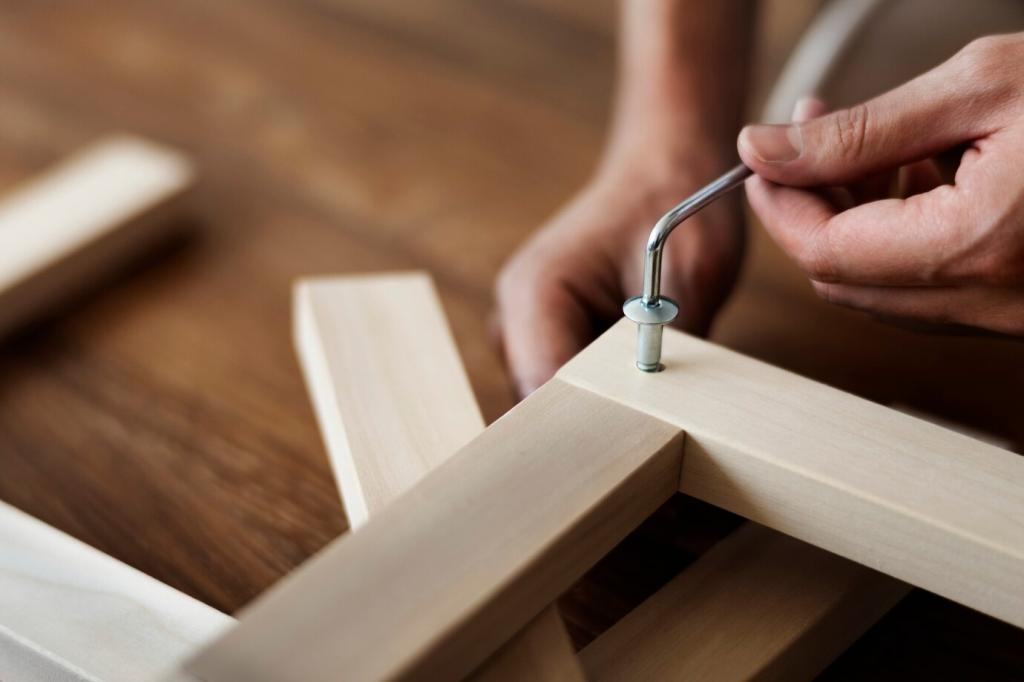
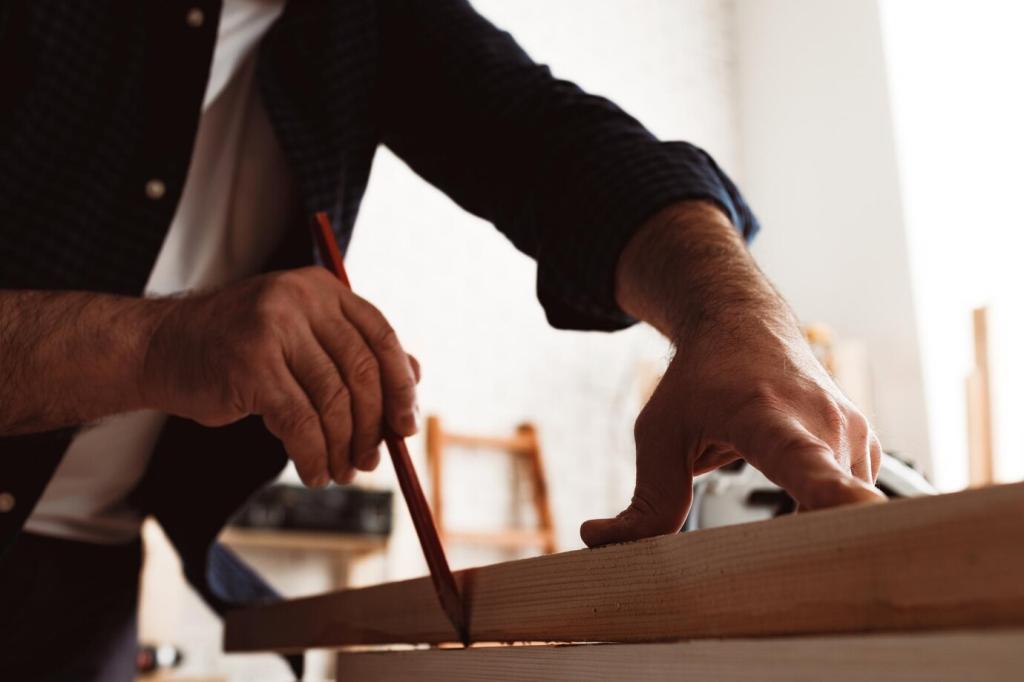
Setting a Realistic Polishing Schedule
Dining tables, coffee tables, and kids’ desks often benefit from monthly polish. Sideboards and display cabinets may be fine quarterly. Antique pieces in low-traffic rooms might only need twice‑yearly care. Share your room list, and we’ll suggest tailored intervals.
Setting a Realistic Polishing Schedule
Focus on the furniture that takes daily impact—edges where bags land, tops that host laptops, and shelves that gather dust. Calmer corners can wait longer. Prioritizing by use keeps your efforts efficient and satisfying. Tell us your busiest area to get targeted tips.
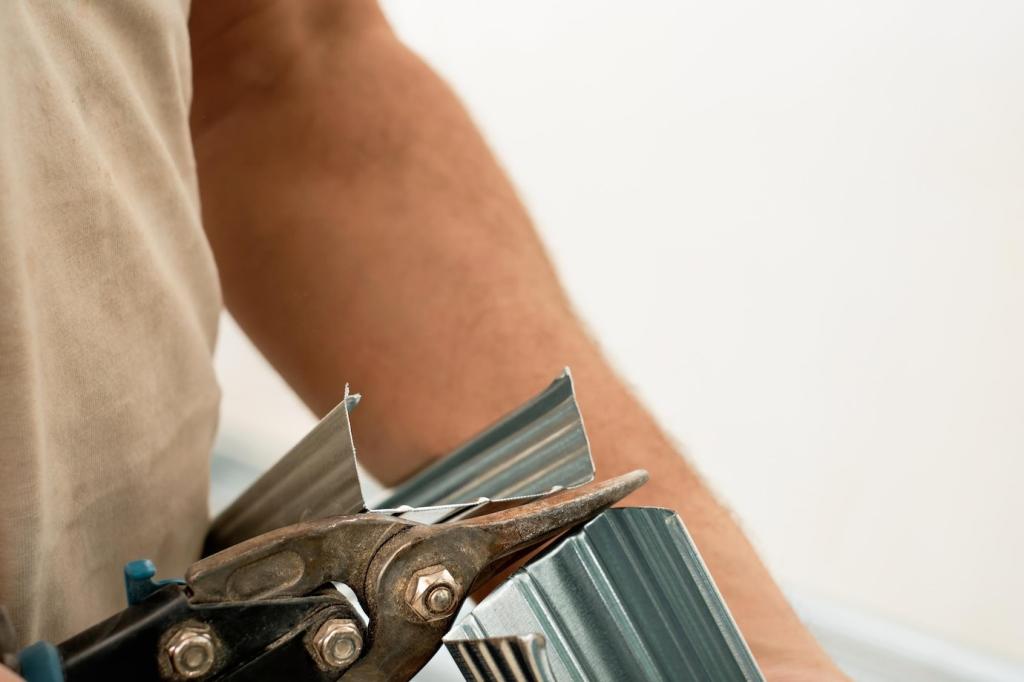
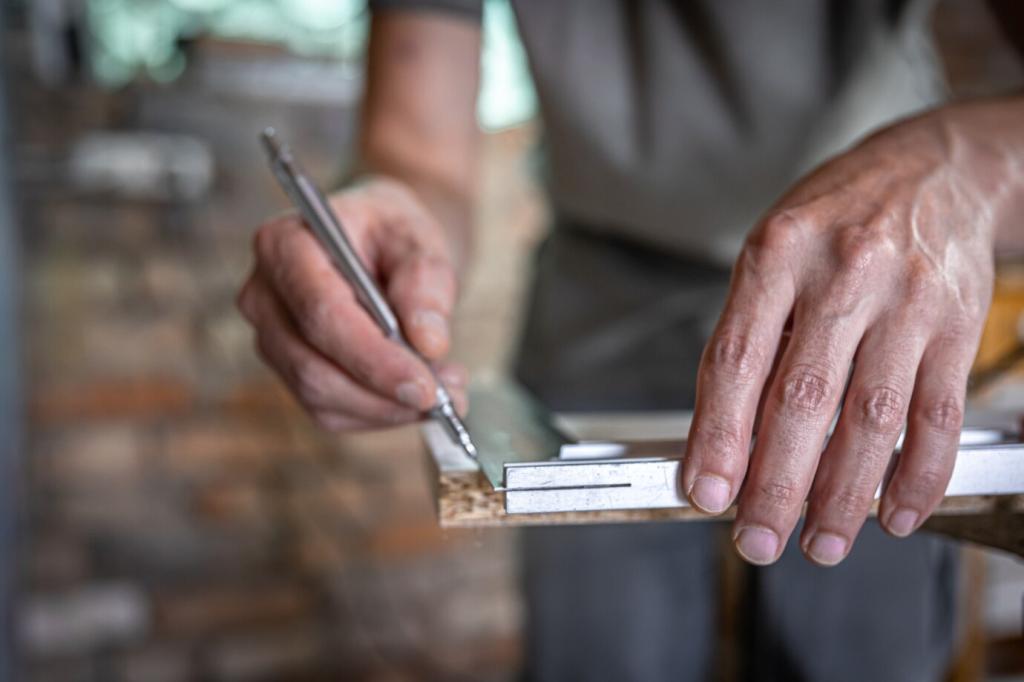
Choosing the Right Polish and Tools
Waxes offer a warm, traditional glow and durable protection. Oils feed thirsty wood tones under certain finishes. Modern polymer blends add slickness and quick shine. Always check your furniture’s finish type and test first. Comment with finish details for personalized advice.
Choosing the Right Polish and Tools
Use lint‑free microfiber or soft cotton for applying and buffing. Foam pads can help spread thin, even coats. Avoid abrasive rags that trap grit. Keep separate cloths for application and buffing. Share your favorite tools, and we’ll compile a community‑approved kit.
Technique Matters: From Dusting to Buffing
Dust first with a dry microfiber cloth, then lightly wipe with a barely damp cloth if needed. Any trapped grit becomes sandpaper under polish. Preparation takes minutes and prevents swirls. Share your current routine, and we’ll help refine each step.
Real-Life Story: An Heirloom Restored by Routine Care
At first, the surface looked tired, with cloudy patches and rough edges. She started small: gentle cleaning, a thin layer of wax, then careful buffing. Within weeks, the desk’s ribbon‑like grain returned, rich and quietly radiant.
Real-Life Story: An Heirloom Restored by Routine Care
She set a monthly reminder, focused on high‑touch areas, and respected drying times. The rings softened, the color deepened, and drawers glided again. The ritual felt grounding, turning a chore into connection. Comment if you’d like her step‑by‑step checklist.
Real-Life Story: An Heirloom Restored by Routine Care
Now, she polishes with her daughter, telling stories as the cloth moves with the grain. Care became tradition, and tradition preserved the desk. Share your heirloom and we’ll help craft a gentle plan to protect it for decades.
Smoother, conditioned surfaces hold less loose dust, so each swipe removes more and kicks up less into the air. That means fewer irritants floating around. Pair polishing with gentle, regular dusting for a noticeable difference in everyday comfort.
